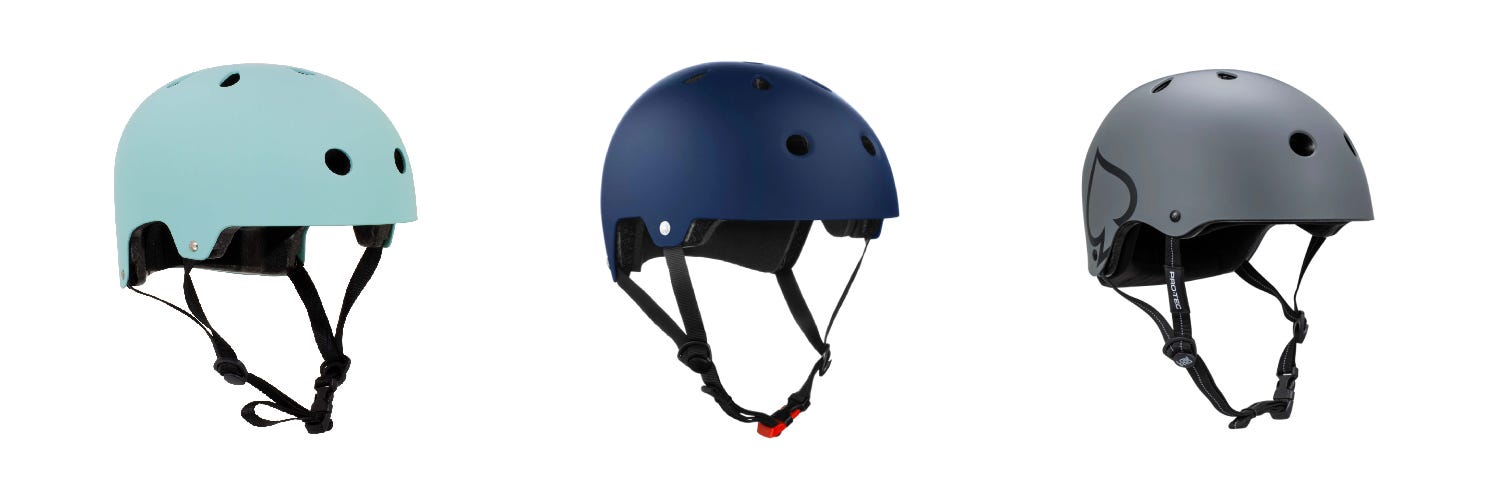Common Mistakes Parents Make When Buying Kids Helmets
Ensuring your child wears a properly fitting and certified helmet is crucial for their safety during activities like biking, skateboarding, or scootering. However, parents often make common mistakes when purchasing helmets. Recognising and avoiding these errors can significantly enhance your child's protection.
Overlooking Proper Sizing
One of the biggest mistakes parents make when buying a helmet is choosing one without properly measuring their child’s head. Many rely on general age recommendations provided by manufacturers, assuming a "one-size-fits-all" approach will work. However, head sizes can vary significantly between children of the same age, and a poorly fitted helmet can either be too loose, making it ineffective in a crash, or too tight, causing discomfort and discouraging children from wearing it altogether. If your child is between sizes, opt for an adjustable helmet with a dial-fit system, which allows for minor adjustments as they grow.
Choosing Helmets Without Safety Certifications
Not all helmets offer the same level of protection, and many parents unknowingly purchase helmets that do not meet safety standards. While some helmets may look sturdy and stylish, they may lack the necessary certifications to ensure adequate protection. Helmets without proper certification may not have been tested for impact resistance, making them unreliable in an accident. Always check for safety certifications before purchasing a helmet. In the UK, look for helmets that meet CE EN 1078 standards, which confirm they’ve been tested for cycling and skateboarding use.

Buying Helmets Based on Appearance Alone
Understandably, kids prefer helmets with fun designs and vibrant colours, and many parents prioritise aesthetics over functionality. While a stylish helmet might make a child more willing to wear it, a helmet’s primary purpose is to protect, not just to look good. Some trendy helmets may lack essential safety features or fit poorly, reducing their effectiveness. Many brands offer helmets that combine both safety and style, so you don’t have to compromise.
Not Replacing Helmets After Impact
Helmets are designed to absorb impact, which means that if a helmet has been involved in a crash or significant fall, its protective abilities may be compromised, even if it looks fine on the outside. Some parents make the mistake of continuing to use a damaged helmet, unaware that internal damage can reduce its ability to protect in future accidents. Replace any helmet that has been involved in a fall or collision, even if no visible cracks are present. Additionally, helmets should be replaced every 3-5 years as materials degrade over time, especially if they are frequently exposed to sunlight or extreme weather conditions.
Buying the right helmet for your child is more than just picking the first one that looks good or fits within a budget, it’s about ensuring maximum safety and comfort. By avoiding common mistakes like incorrect sizing, overlooking safety certifications, and not replacing helmets after impact, parents can ensure their children are properly protected during their favorite activities.























